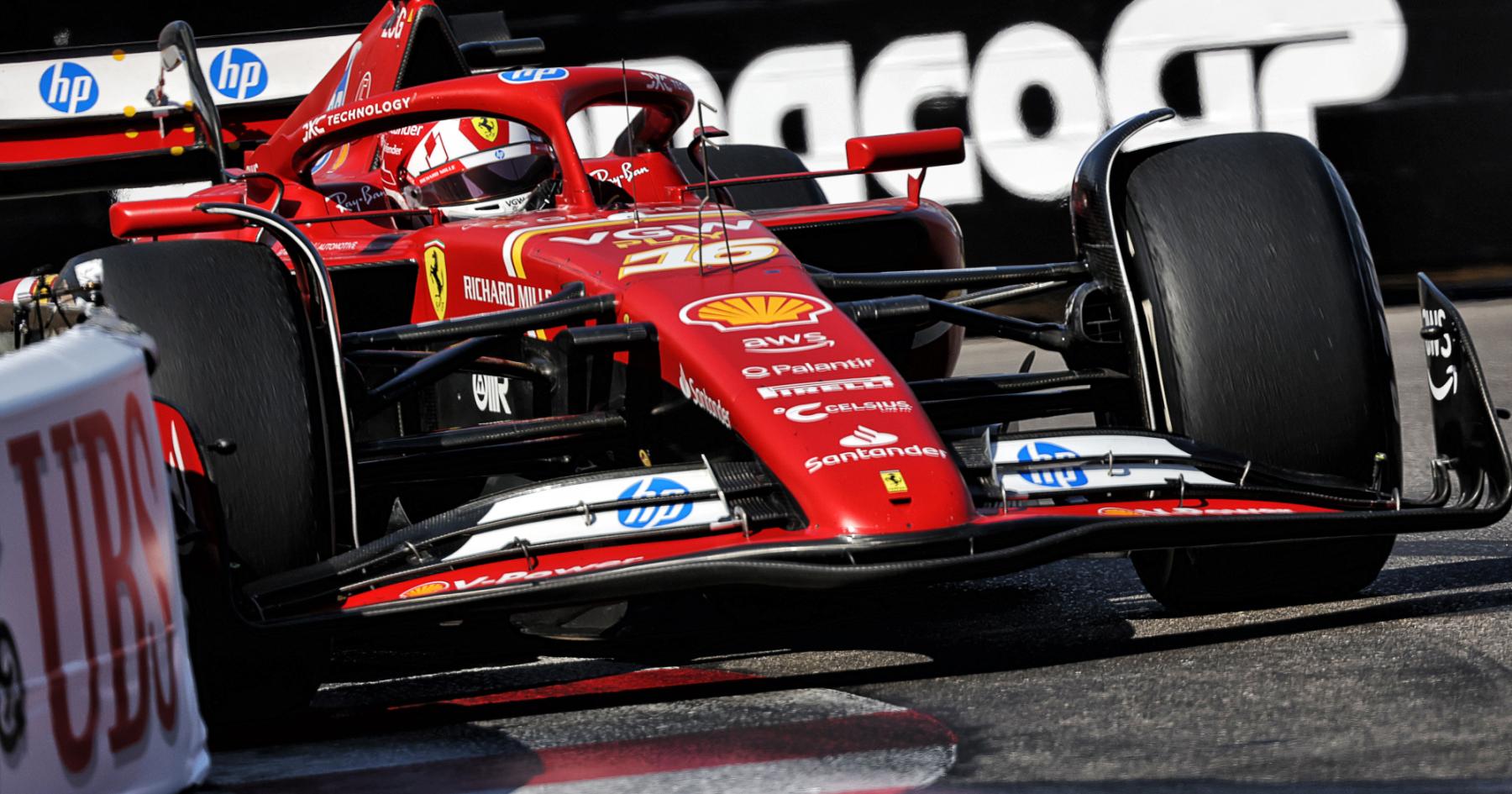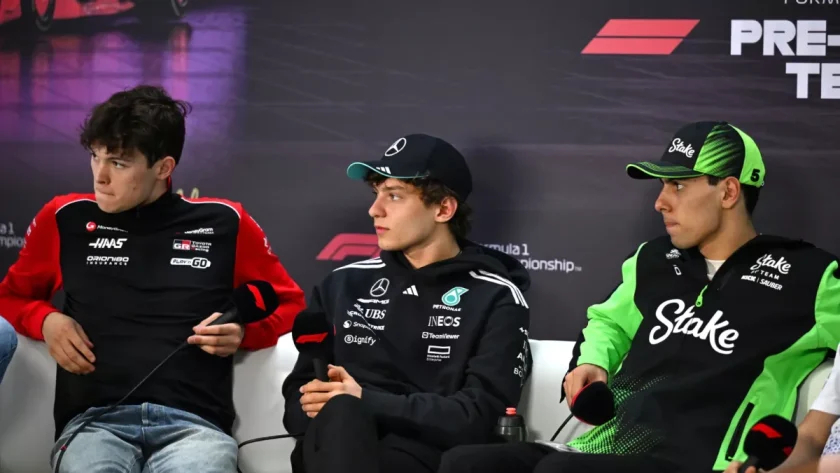P1racenews AI automatic summary:
RacingNews365’s Paolo Filisetti explains why a late cal was made by Ferrari, whilst also exploring how Red Bull’s Singapore ghosts haunted it in Monaco.
Charles Leclerc’s engine was replaced by Ferrari at the Monaco Grand Prix due to an anomalous signal of an oil temperature sensor during Free Practice 3. The team switched out the power unit to the one used in Miami, the SF-24, which featured venting gills to control temperatures. Ferrari meticulously removed obstacles for Leclerc, allowing him to secure an emotional win, his first since the 2022 Austrian Grand Prix. Leclerc regained confidence in the SF-24, making minor set-up changes after FP3 that hadn’t worked in Q1 and Q2. Ferrari and McLaren emerged as solid rivals to Red Bull in terms of competitiveness during Red Bull’s toughest weekend, as the RB20 remained peaky. Red Bull faced complex challenges, with Verstappen’s talent compensating for balance issues, leading to a reminiscent situation of Singapore 2023. Ferrari’s precise correlation between simulator set-up and on-track performance, along with aerodynamic refinements, contributed to their success in Monaco. The race highlighted the intricate balance between dynamic components and aerodynamics in the RB20, where set-up changes alone couldn’t solve their issues.






